The traditional Mong flute is made of 6 bamboo tubes that are punched through a wooden gourd, and the gaps on the body of the flute are often patched with peach resin. To secure the bamboo tubes, artisans make a ruler with rattan fibers, making the structure of the flute more sturdy and ensuring aesthetics. The materials used for making the flute are exploited from nature, the only metal material on this flute is the reed, usually made of copper leaves. When blown, the Mong flute will produce the gentle sounds of all 6 bamboo tubes; the Mong flute is often performed solo, duet, or in concert with other ethnic musical instruments: bamboo flute, two-string fiddle, etc. In the Mong ethnic community, there are many legends and anecdotes about the formation and birth of this unique musical instrument.
The Mong ethnic boy has been attached to the Khen since he was a child, and has been familiar with the sound of the Khen since he was in his mother's womb. When the Khen sounds, it carries the wild sweetness of the mountains and forests, making birds tilt their wings, the wind sway the trees, making the heart soften and we see beauty everywhere!
In the changing weather of the season and autumn, I followed the sound of the Khen, sometimes loud, sometimes soft, sometimes deep, sometimes high, of the Mong boys to Sung Cho village, Sung Phai commune (Lai Chau city). There are still many Mong people here who are still passionate about the sound of the Khen. They play the Khen with a burning passion, making everyone easily moved and overwhelmed with emotion. The Khen is as strong as the life of the Mong people in this difficult land.
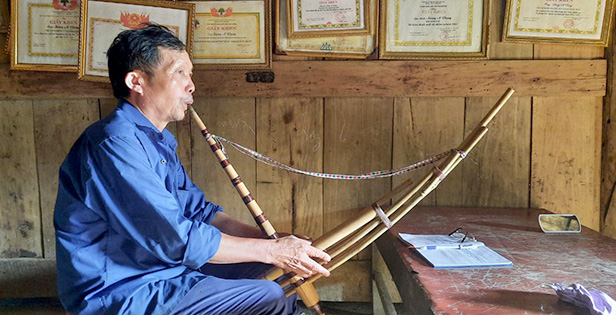
The Khen helps the Mong people stand firm in the harsh mountains and forests. With sparkling eyes as if smiling, Mr. Sung A Vang - Sung Cho village happily said: "Since I was little, I listened to my father and uncle play the Khen every day, the sound of the Khen seemed to seep into my blood and flesh. Many days, after listening to an entire song, the lingering sound still moved me, so I was determined to learn the Khen."
Mr. Sung A Vang is the third generation in a family famous for its attachment to the panpipe. I have also heard that Mr. Vang's family had a time when they lacked food and clothing, but never lacked the sound of the panpipe. Mr. Vang learned to play the panpipe when he was young. "A family tradition" plus a bit of diligence, the most difficult panpipe tunes were no problem for him. Therefore, when he reached adulthood, he had mastered 32 panpipe tunes. Even though he is over 60 years old, he has never once thought of giving up the panpipe. Every time he hears someone's panpipe, whether early in the morning or on a quiet winter night, Mr. Vang will spontaneously sit alone at the door and play a few tunes, until he is completely immersed in the passionate panpipe tune, then he feels satisfied.
That much was enough for me to understand that for the Mong people, just being able to be free and intoxicated by the sound of the Khen is enough. The Khen is the voice of the heart, the bridge between the living and the spiritual world. The Khen is the joy of moving to a new house, the Khen is played when welcoming spring or expressing love, the sound of welcoming the bride to her husband's house, the Khen also calls friends to celebrate spring at festivals. Mr. Vang's Khen is a bit "unique" so many people from the commune and outside the village were amazed and traveled to his house to ask him to teach them. Then they learned to dance with him.
Once upon a time, Mr. Vang's flute made many girls fall in love. The sound of Mr. Vang's flute won over other young men who came to the house of the girl he later chose to be his wife. Now, every spring festival, competition or communal holiday... has Mr. Vang's participation and contribution, his flute also brings the sounds of the mountains and forests to people far away.
Over time, life has changed a lot, but the Mong people in Lai Chau still preserve their ethnic panpipes. The panpipe is the soul of the Mong people, preserving the panpipe is preserving the identity of the Mong people, so that today the melodies from the Mong panpipe have left their mark, awakening the hearts of many tourists who have the opportunity to visit Lai Chau - a beautiful land on the border of the Fatherland.
Source



![[Photo] Vietnamese rescue team shares the loss with people in Myanmar earthquake area](https://vstatic.vietnam.vn/vietnam/resource/IMAGE/2025/4/6/ae4b9ffa12e14861b77db38293ba1c1d)
![[Photo] Solemn Hung King's Death Anniversary in France](https://vstatic.vietnam.vn/vietnam/resource/IMAGE/2025/4/6/786a6458bc274de5abe24c2ea3587979)

![[Photo] Prime Minister Pham Minh Chinh chairs the regular Government meeting in March](https://vstatic.vietnam.vn/vietnam/resource/IMAGE/2025/4/6/8393ea0517b54f6791237802fe46343b)
![[Photo] Military doctors in the epicenter of Myanmar](https://vstatic.vietnam.vn/vietnam/resource/IMAGE/2025/4/6/fccc76d89b12455c86e813ae7564a0af)
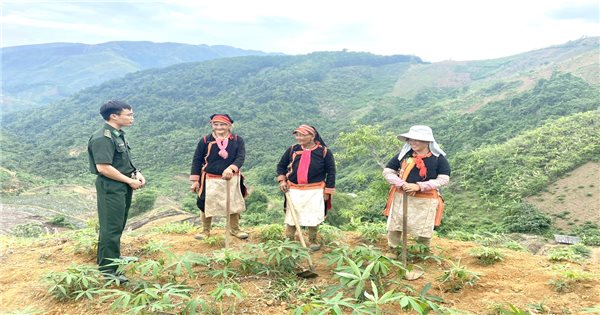




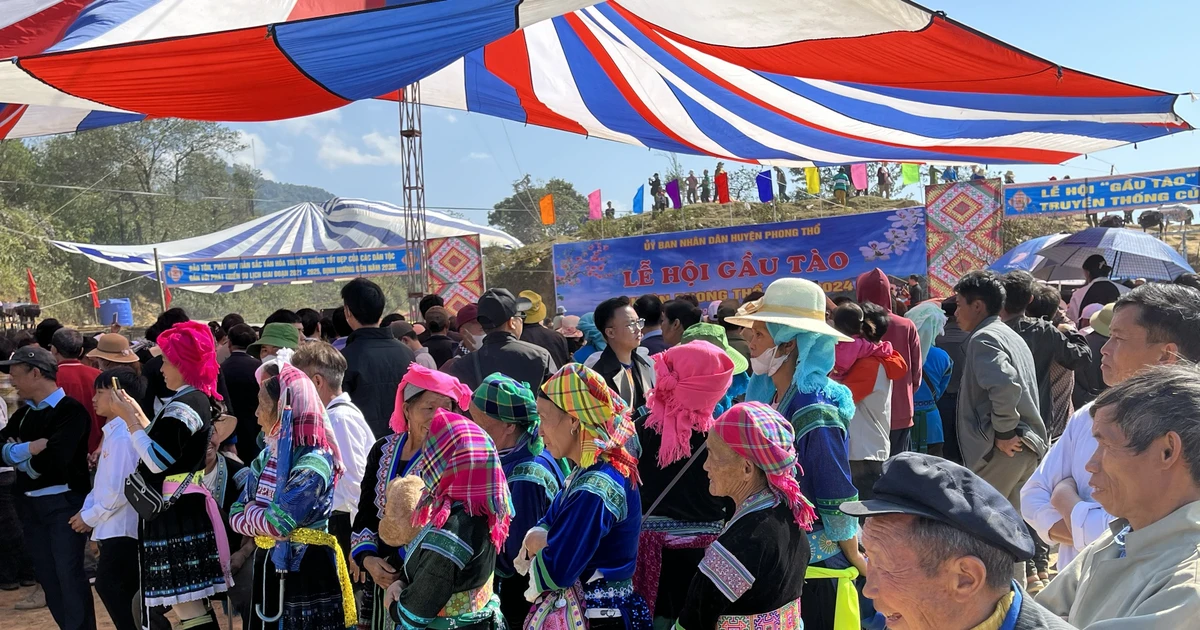



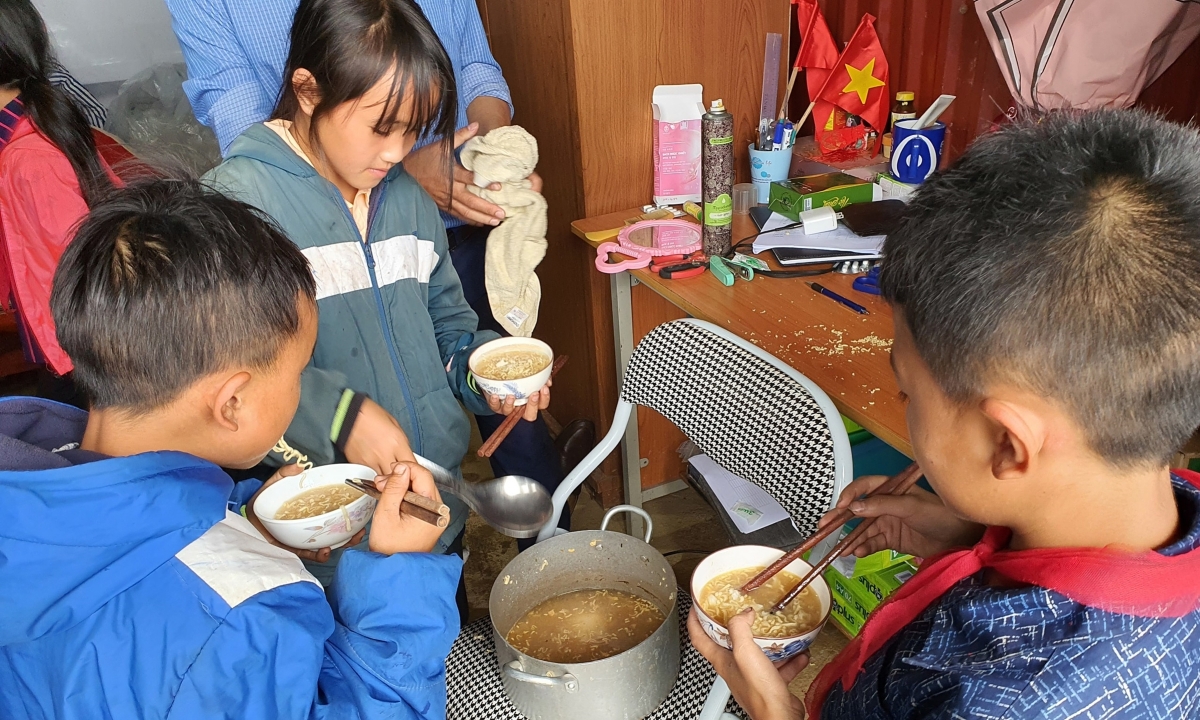














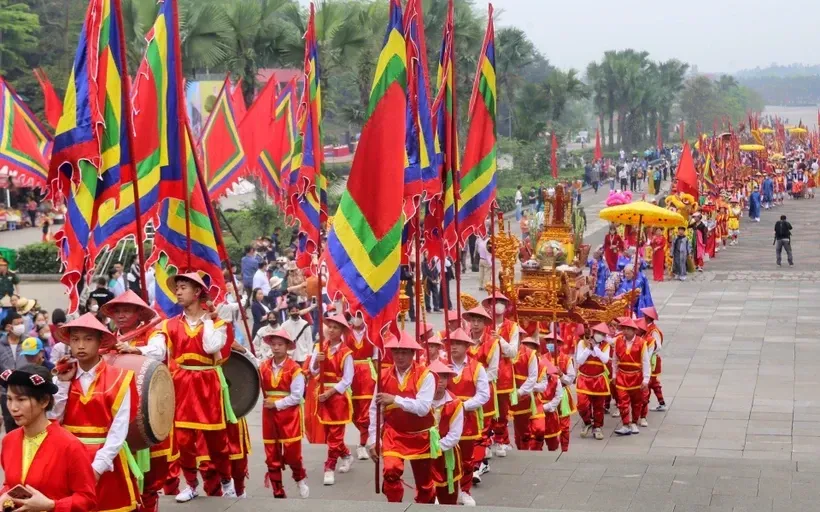
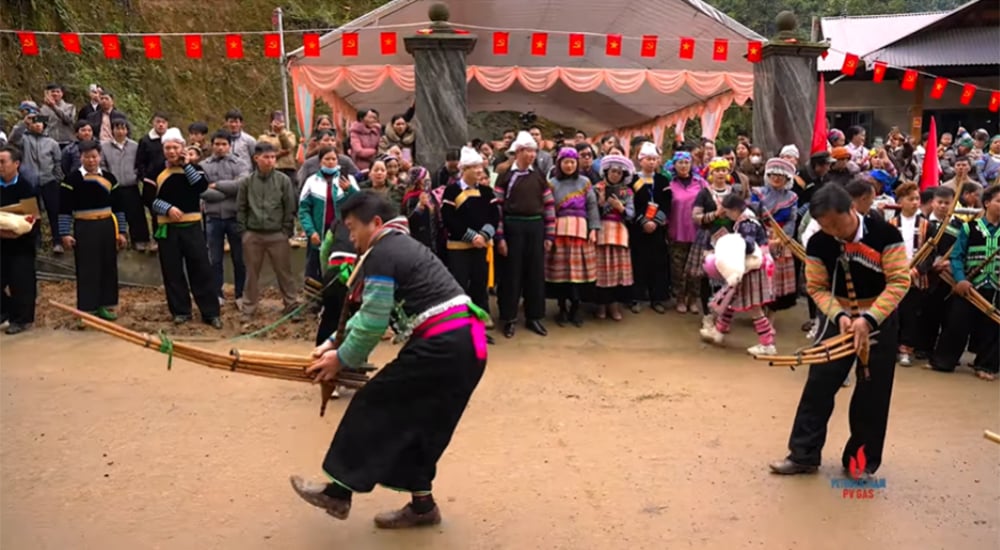



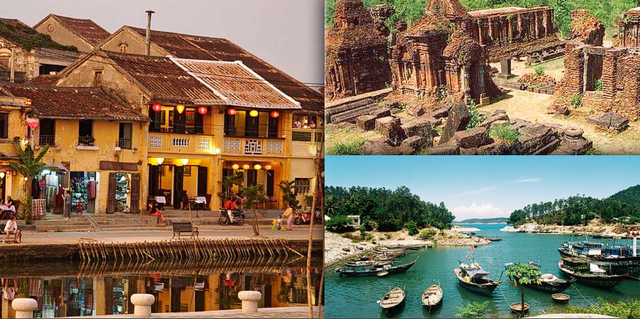



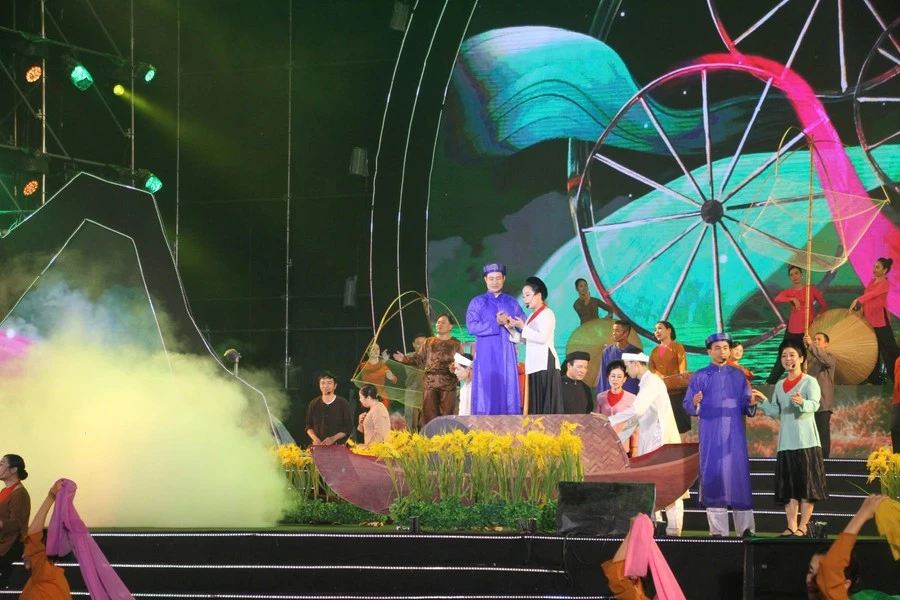

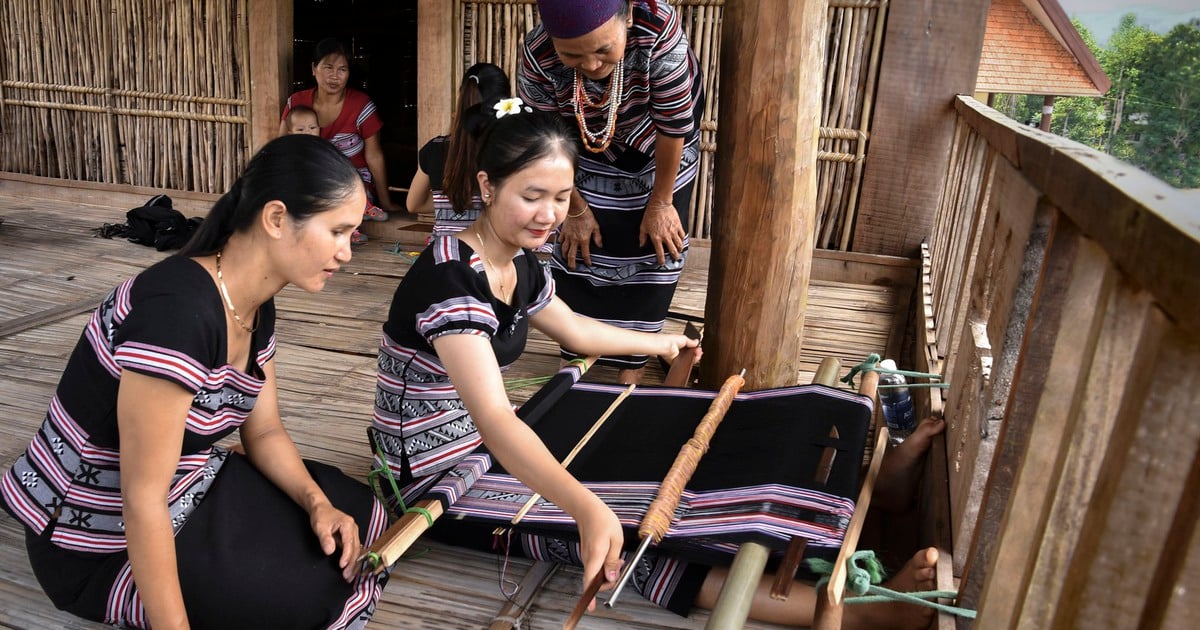



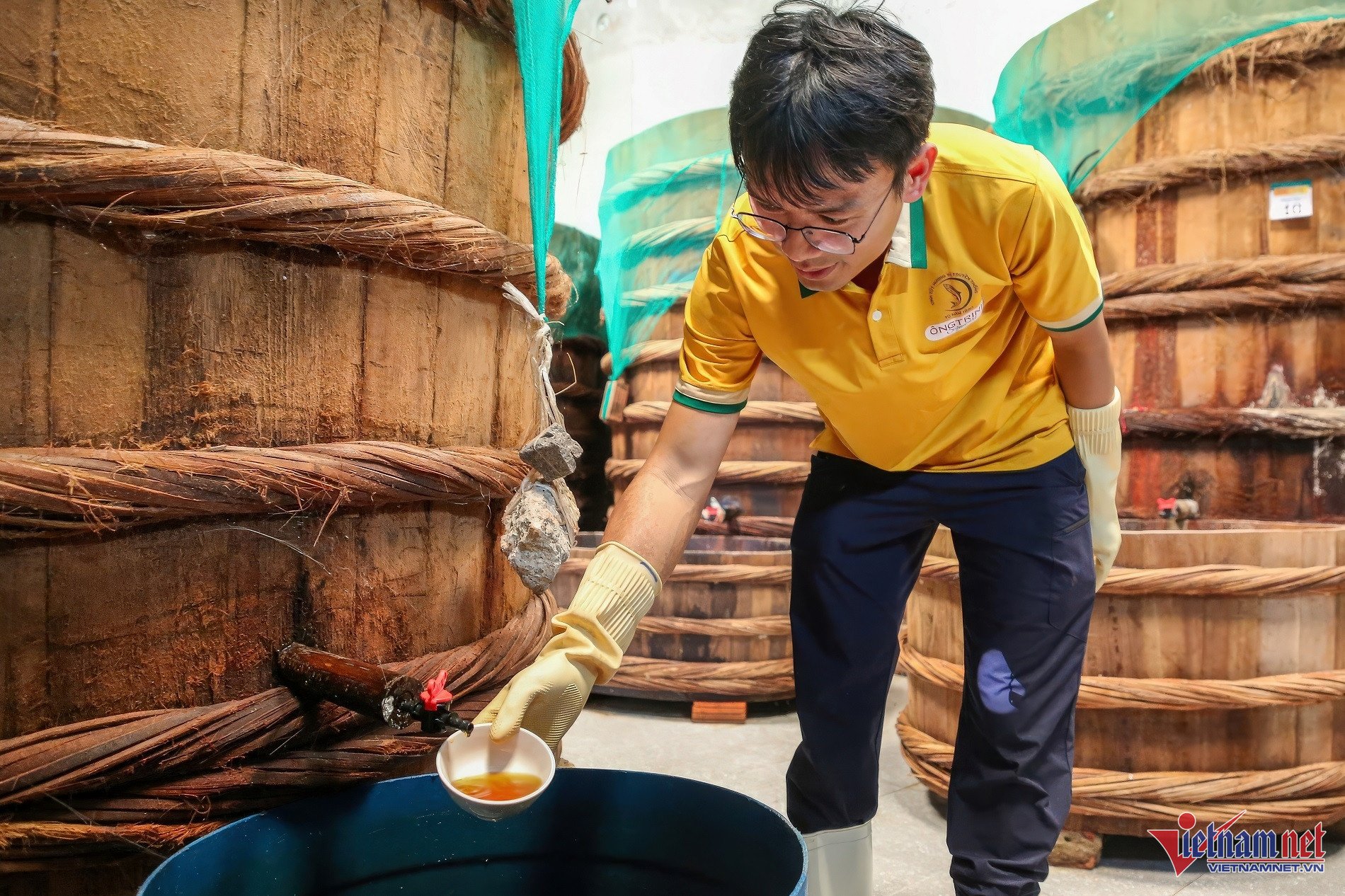

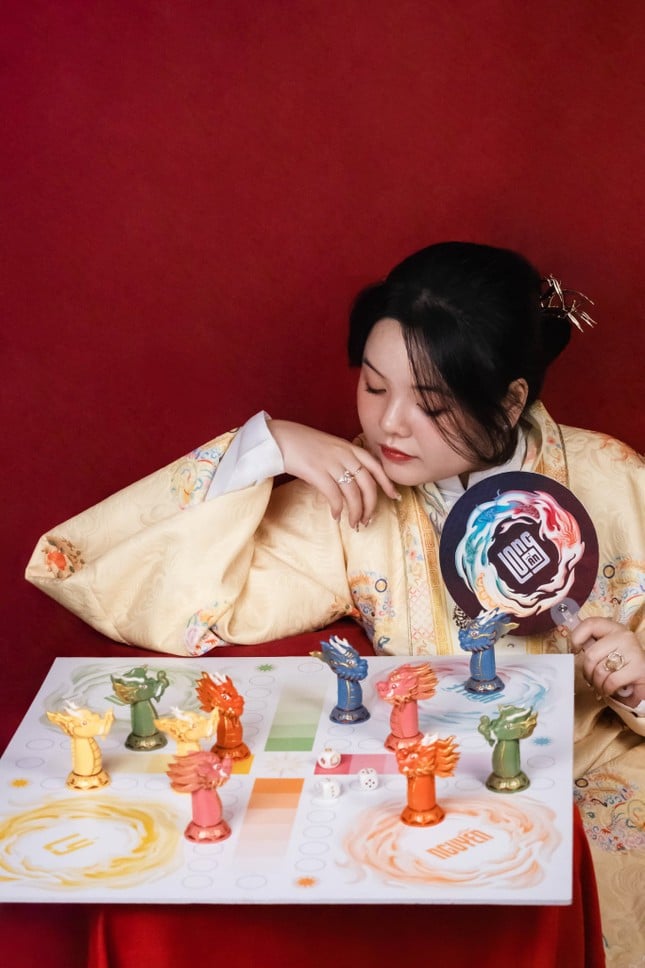






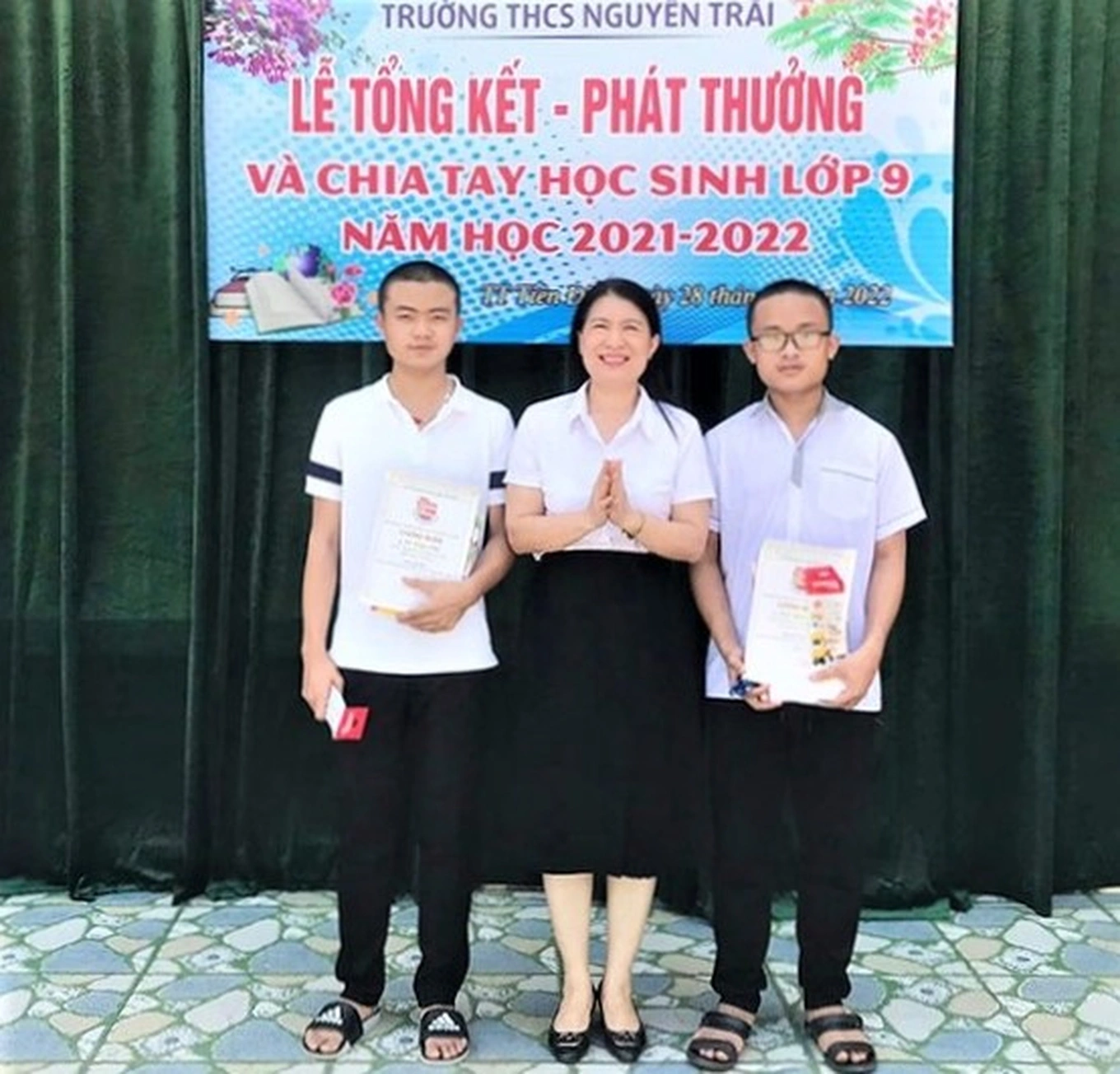






















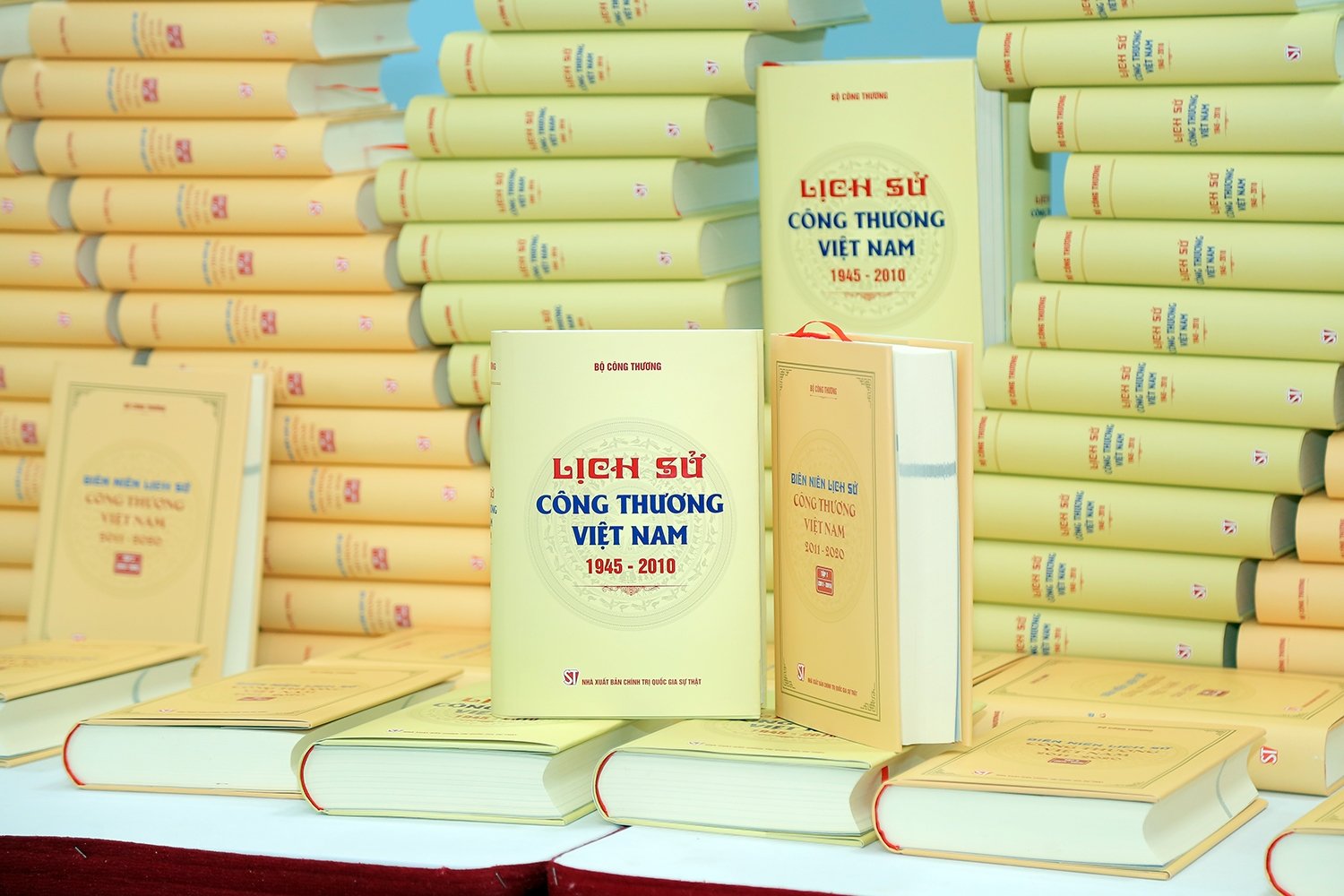
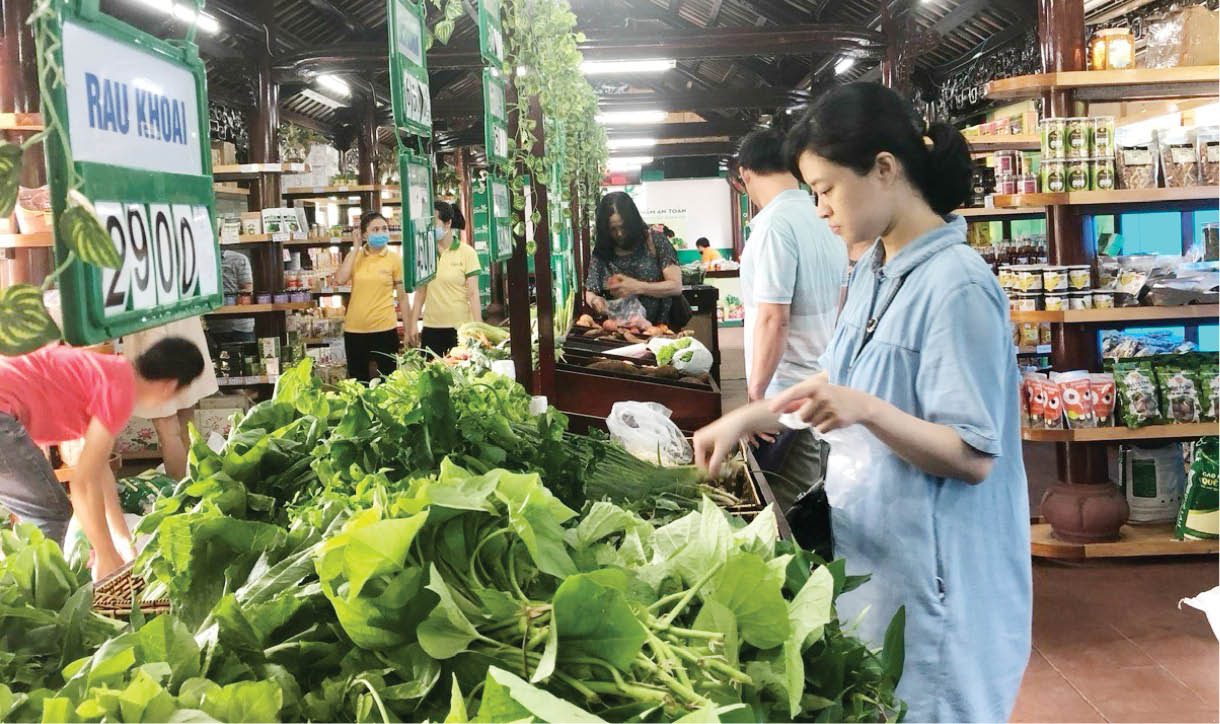

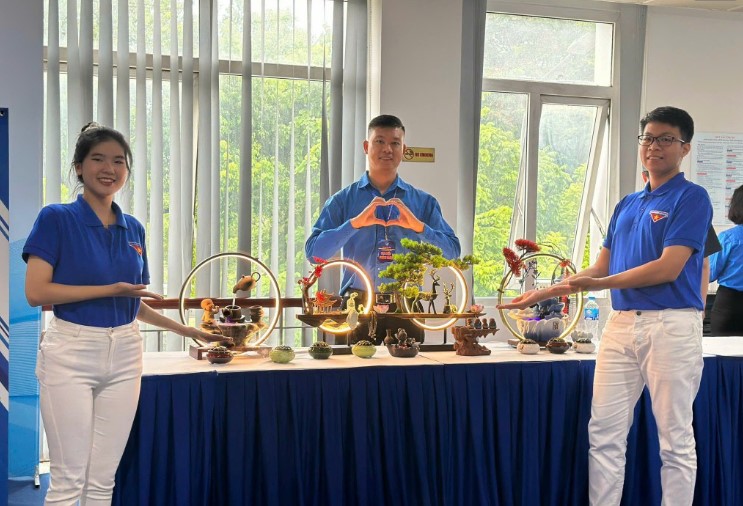
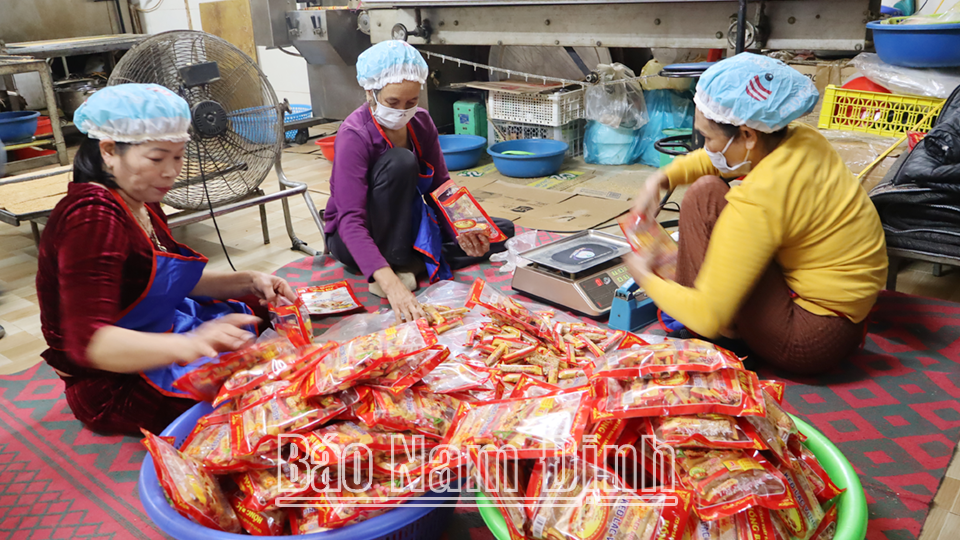

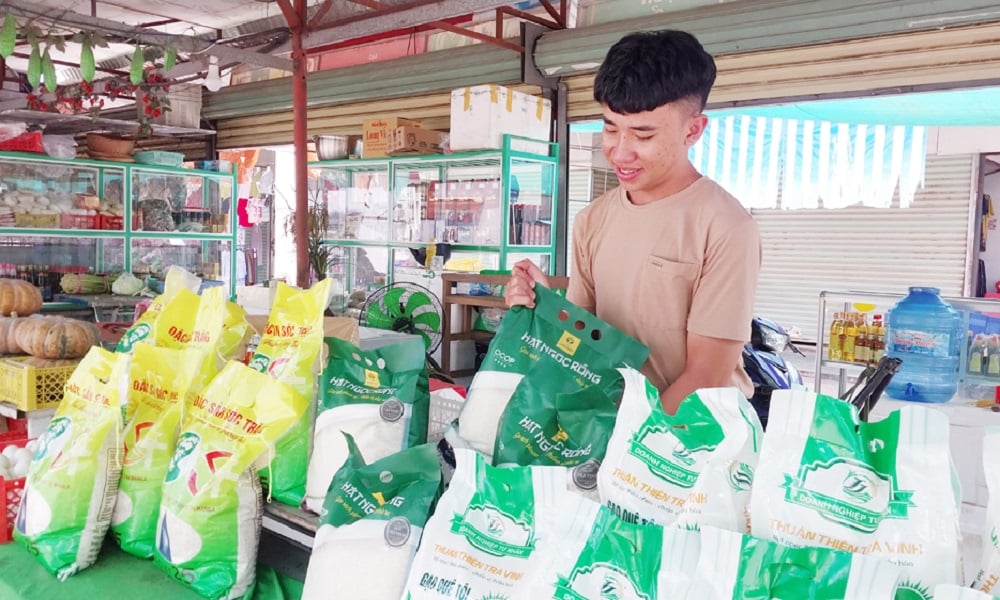
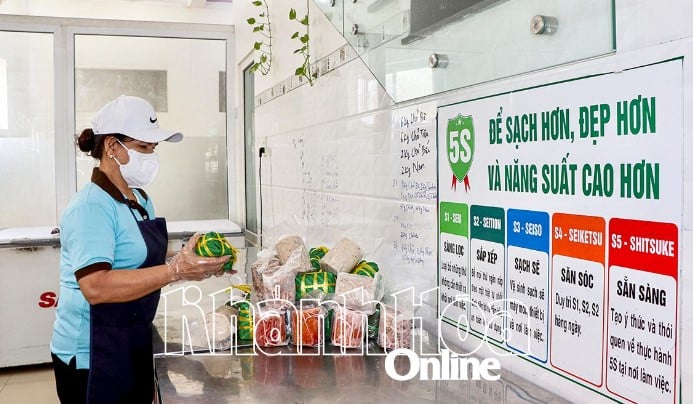

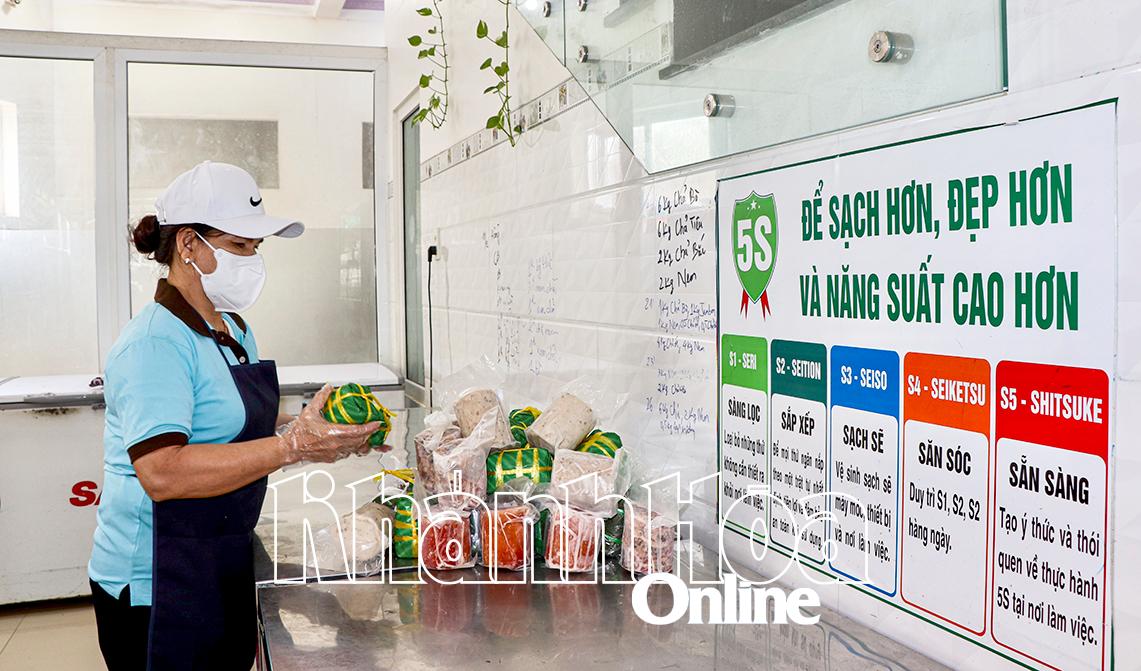
Comment (0)